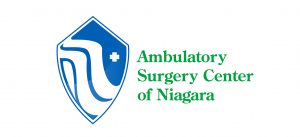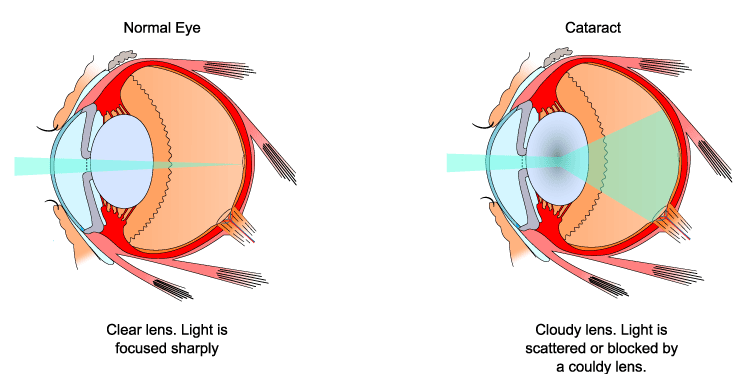
With aging, the lens in your eye may become hard, yellow and cloudy – this is a cataract – resulting in blurred vision, glare, poor night vision and incorrect perception of colors. To restore your vision, the surgeons at Fichte Endl & Elmer Eyecare will remove your cloudy lens and replace it with a clear artificial lens implant.

You don’t have to passively accept diminishing vision as a “part of getting older.” A better quality of life is available. If you are beginning to see some of these signs, it’s time to ask your eye doctor about cataracts:
- Clouded, blurry or dim vision
- Night vision issues
- Sensitivity to light and glare
- Halos around lights
- The need for brighter reading light
- Frequent changes in eyeglass or contact lens prescription
- Fading or yellowing of colors
- Double vision in a single eye

Traditional cataract surgery uses a standard, inexpensive monofocal IOL implant. This lens will still require the use of corrective lenses, like bifocals, for most activities like driving or reading. You can elect a premium IOL implant, which gives you a greater range of vision. Together, we’ll choose the cataract surgery option that is right for you and your finances.


